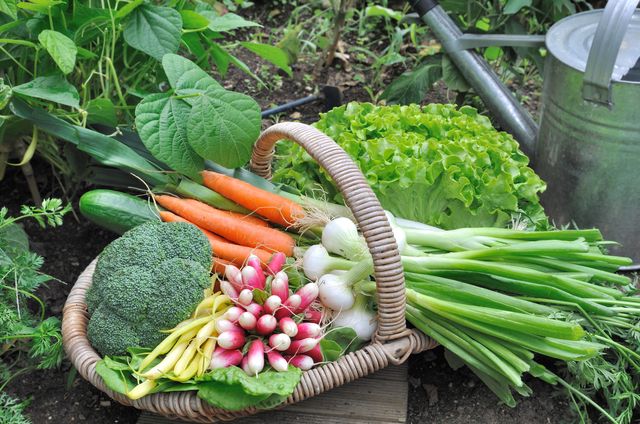How to Start a Successful Vegetable Garden This June

Starting a vegetable garden in June can be a rewarding experience, providing fresh, homegrown produce throughout the summer and beyond. Here are some key steps to ensure your vegetable garden thrives.
1. Choose the Right Location
Select a sunny spot for your garden, as most vegetables need at least 6-8 hours of direct sunlight daily. Ensure the area has well-drained soil to prevent waterlogging, which can harm your plants.
2. Plan Your Garden Layout
Decide what vegetables you want to grow and plan your garden layout accordingly. Consider companion planting to maximize space and improve plant health. For example, tomatoes and basil grow well together.
3. Prepare the Soil
Good soil preparation is crucial for a successful vegetable garden. Start by removing weeds and debris. Enrich the soil with organic matter like compost or well-rotted manure to improve fertility and drainage. Test the soil pH and amend if necessary to suit the specific needs of your chosen vegetables.
4. Choose the Right Vegetables
June is a great time to plant warm-season crops such as tomatoes, peppers, cucumbers, zucchini, beans, and corn. These vegetables thrive in the warm summer weather and can be harvested within a few months.
5. Planting Techniques
Plant seeds or seedlings according to the instructions on the seed packet or plant label. Ensure proper spacing to allow air circulation and prevent disease. Water the plants thoroughly after planting to help them establish roots.
6. Watering and Mulching
Consistent watering is essential for vegetable gardens. Water deeply and regularly, especially during dry spells. Mulching around plants helps retain moisture, suppress weeds, and regulate soil temperature.
7. Pest and Disease Management
Keep an eye out for pests and diseases. Use organic pest control methods, such as introducing beneficial insects and using neem oil or insecticidal soap. Regularly inspect plants and remove any affected leaves or pests manually.
8. Fertilization
Feed your vegetables with a balanced fertilizer or organic options like compost tea or fish emulsion. Follow the recommended feeding schedule for each type of vegetable to ensure they receive the necessary nutrients.
9. Harvesting
Harvest your vegetables when they reach their peak ripeness for the best flavor and nutrition. Regular harvesting also encourages plants to produce more.
By following these steps, you can start a successful vegetable garden this June, enjoying the benefits of fresh, homegrown produce throughout the summer and into the fall. Happy gardening!
MEASURE MY LAWN ONLINE
WANT A GUIDELINE PRICE?
Get an indicative price to cut your lawn without even stepping outside to measure your lawn.
ONLINE PRICE CALCULATOR